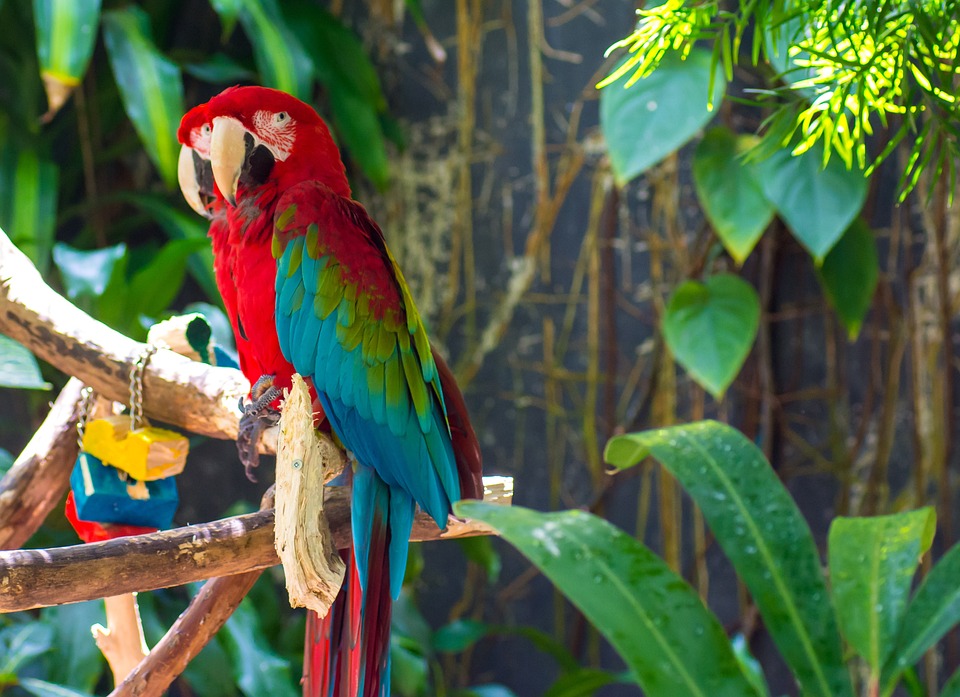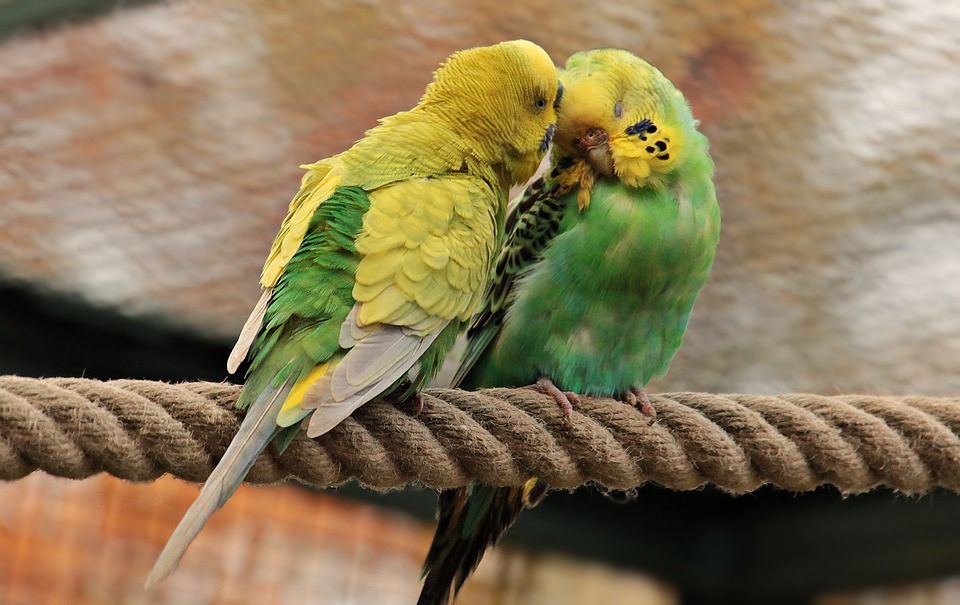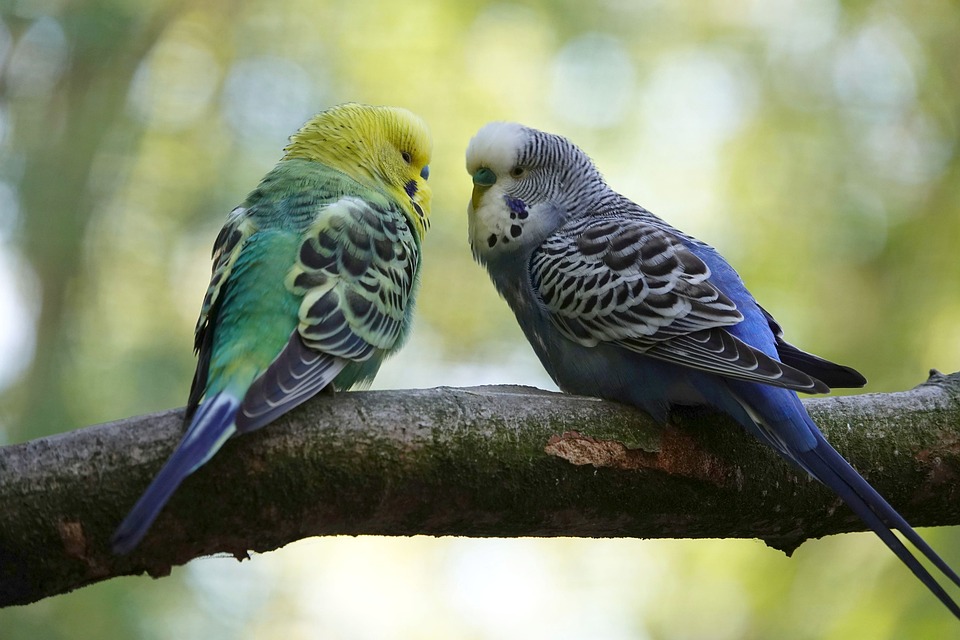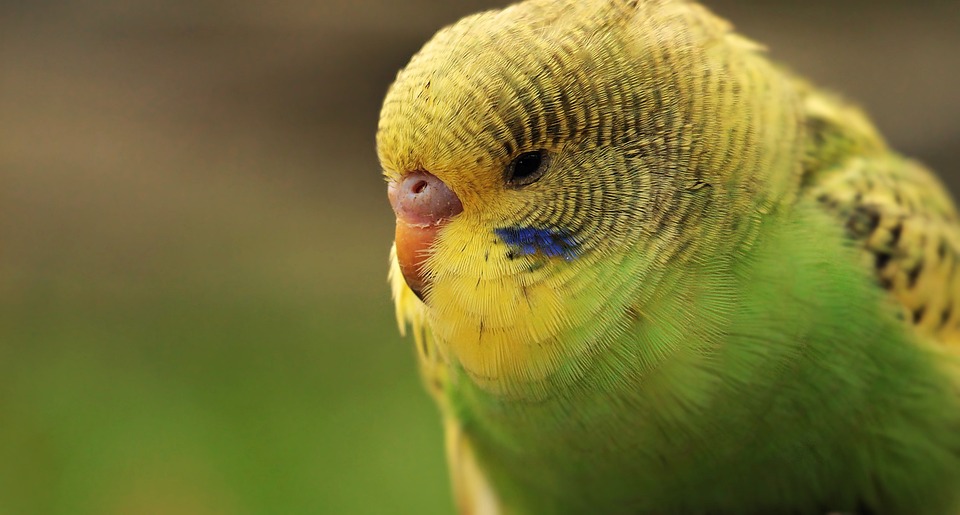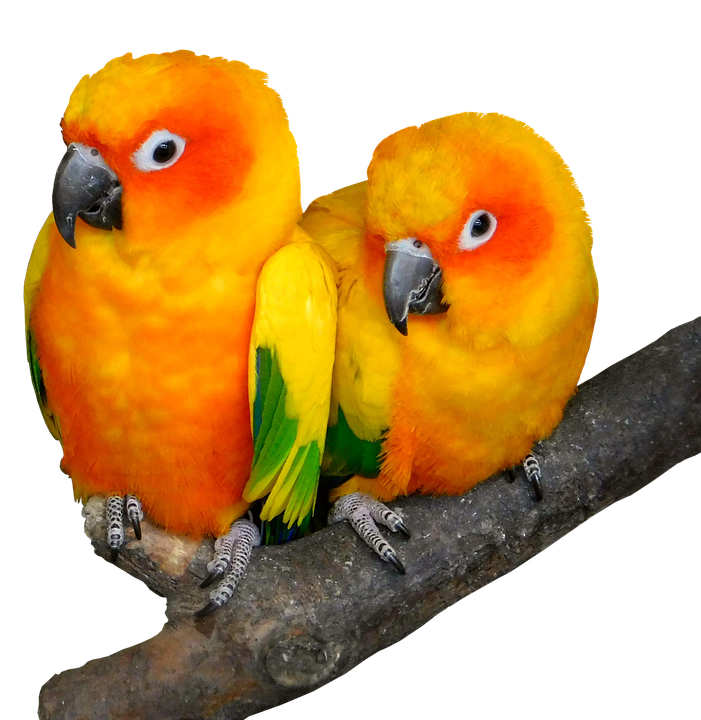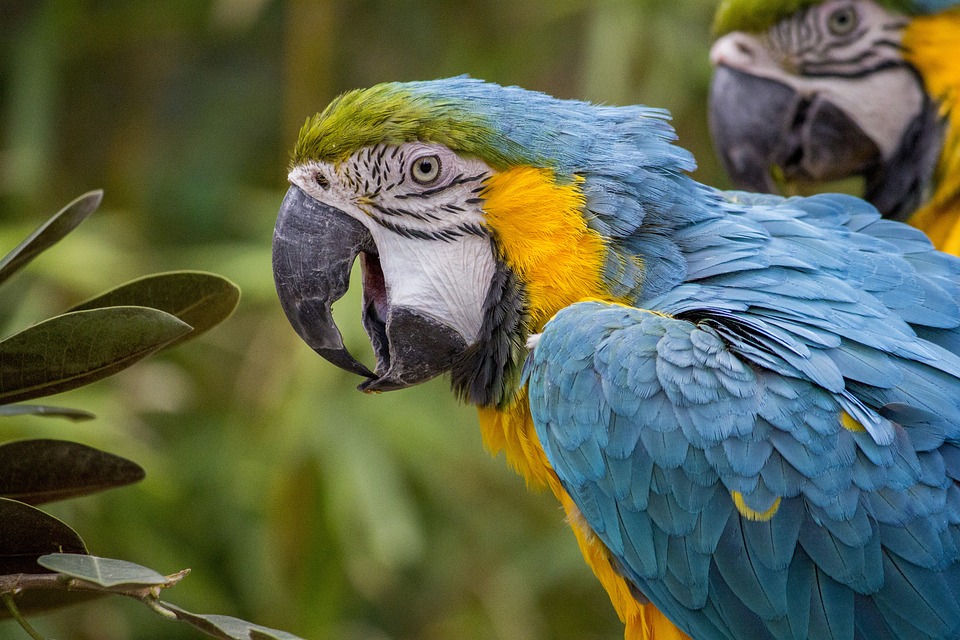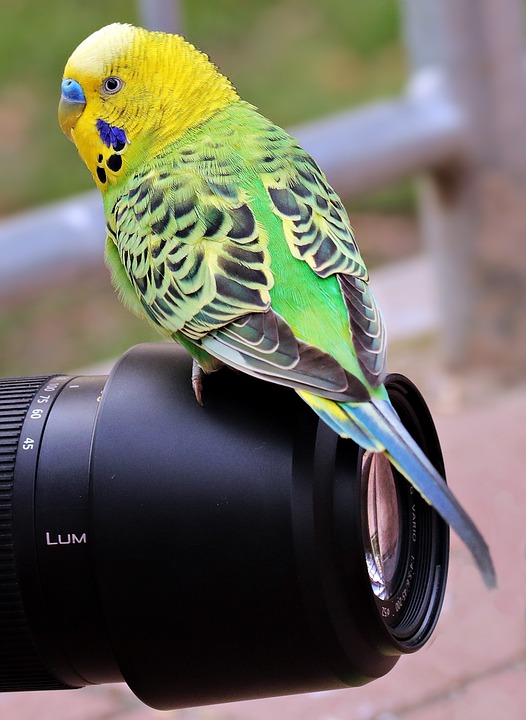Understanding Parrot Behavior: How Positive Reinforcement Training Can Make a Difference
Introduction:
Parrots are fascinating creatures with complex behaviors that can sometimes be challenging for their human caretakers. It is crucial to understand and address these behavior issues in order to provide a nurturing and fulfilling environment for our feathered companions. Positive reinforcement training has proven to be highly effective in shaping parrot behavior in a positive way.
Section 1: The Basics of Parrot Behavior
1.1 Parrot Communication:
Parrots communicate through vocalizations, and understanding the meanings behind their various calls can help us better meet their needs. Additionally, interpreting their body language and feather displays can provide insights into their emotional state and intentions.
1.2 The Social Nature of Parrots:
Parrots are highly social animals that thrive on companionship. Understanding flock dynamics and the importance of bonding with their human caretakers is essential for building trust and a strong relationship. Loneliness and isolation can have a detrimental impact on parrot behavior.
Section 2: Common Parrot Behavior Issues
2.1 Biting and Aggression:
Parrot aggression can have various causes, and it is important to recognize warning signs and address this behavior to ensure the safety of both the parrot and its human companions. Strategies such as positive reinforcement and setting boundaries can help prevent and manage biting behavior.
2.2 Screaming and Excessive Vocalizations:
Parrots are naturally vocal creatures, but excessive noise can be disruptive. Understanding the reasons behind their vocalizations and providing appropriate outlets for their needs can help manage and reduce excessive noise.
2.3 Feather Plucking and Self-Destructive Behavior:
Feather plucking is a common behavior issue in parrots, often stemming from emotional or physical factors. Creating a stimulating and enriching environment and implementing strategies to discourage self-destructive behavior can help address this issue.
2.4 Territoriality and Possessiveness:
Parrots can exhibit territorial behavior, which can lead to possessiveness and aggression. Understanding their territorial instincts and teaching appropriate sharing behavior can promote a positive and cooperative environment.
Section 3: Positive Reinforcement Training for Parrots
3.1 Principles of Positive Reinforcement:
Positive reinforcement training is based on the power of rewards and positive associations. Creating a positive training environment, being consistent, and patient are key principles in shaping parrot behavior.
3.2 Training Techniques:
Clicker training is a popular and effective method for training parrots. Teaching basic commands and tricks and addressing behavior issues through positive reinforcement can help shape desired behaviors.
3.3 Building a Strong Relationship:
Positive reinforcement training strengthens the bond between parrot and owner, improving trust and communication. The long-term benefits of positive reinforcement training include a well-behaved and content parrot.
FAQs (Frequently Asked Questions):
The FAQs section addresses common questions about positive reinforcement training for parrots, such as its applicability to different parrot species, the time required to see results, and its effectiveness in addressing specific behavior issues.
Conclusion:
Positive reinforcement training has the transformative potential to shape parrot behavior in a positive way, leading to healthier and more fulfilling relationships between parrots and their human caretakers. By embracing this training method, we can deepen our understanding and empathy towards our feathered companions, enhancing their overall well-being.

